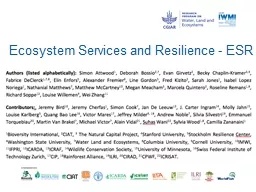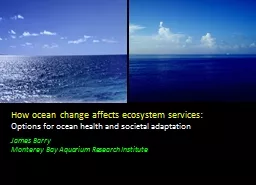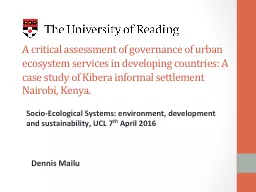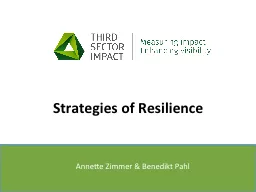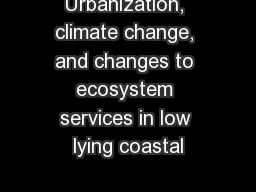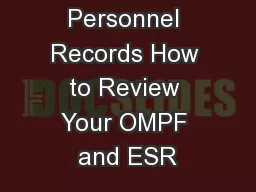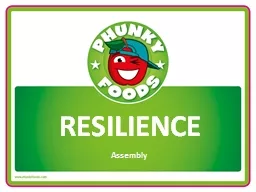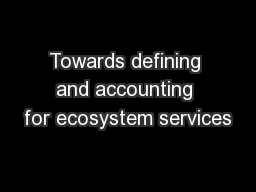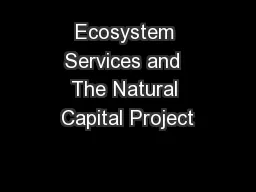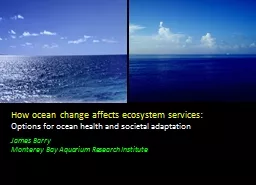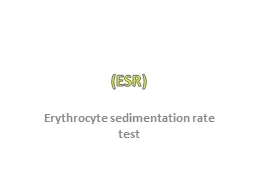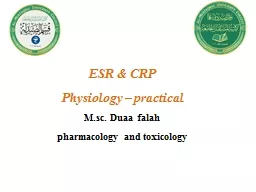PPT-Ecosystem Services and Resilience - ESR
Author : test | Published Date : 2017-05-18
Eric Baran ES underpin rural livelihoods Provisioningfish other aquatic organisms Provisioning water for irrigation domestic transport Regulatingfiltration Supportingnutrient
Presentation Embed Code
Download Presentation
Download Presentation The PPT/PDF document "Ecosystem Services and Resilience - ESR" is the property of its rightful owner. Permission is granted to download and print the materials on this website for personal, non-commercial use only, and to display it on your personal computer provided you do not modify the materials and that you retain all copyright notices contained in the materials. By downloading content from our website, you accept the terms of this agreement.
Ecosystem Services and Resilience - ESR: Transcript
Download Rules Of Document
"Ecosystem Services and Resilience - ESR"The content belongs to its owner. You may download and print it for personal use, without modification, and keep all copyright notices. By downloading, you agree to these terms.
Related Documents

